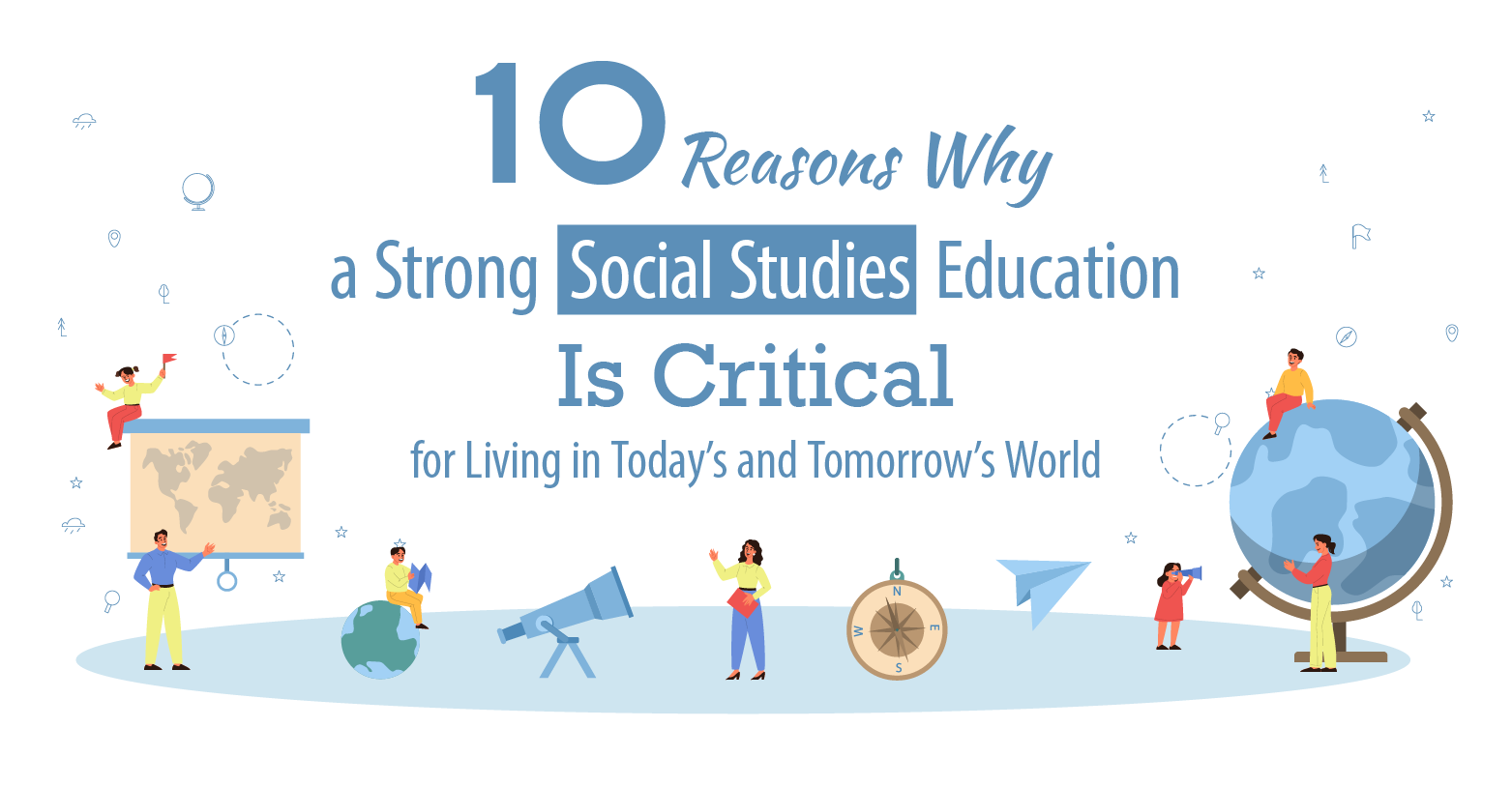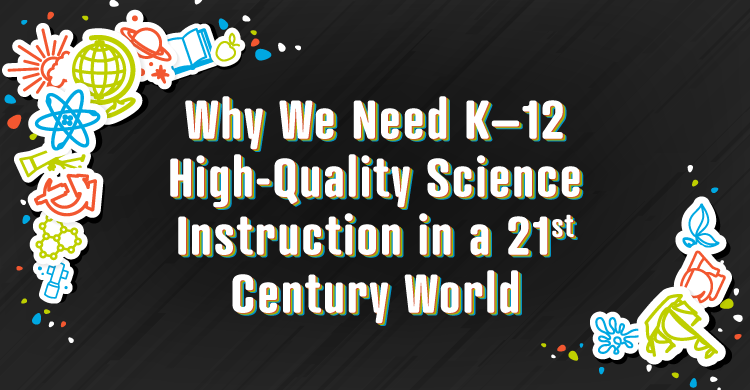Driving Question: How Do We Encourage Students Out Of The Grading Game And Stop Counting Beans?
It’s been several decades since the groundbreaking book, WadJaGet? The Grading Game in American Education. was published. Since then, schools have fiddled with grades, some have removed class rank and computers have added detailed point systems to make grading “more objective”.
However, after a brief flurry of trying to deemphasize grades and escape overbearing competition, students are back in the grading game, worrying more about GPA’s and less about learning? What’s a teacher to do?
Guiding Assessments and PBL
Getting students, even the young ones, to focus on what they are learning is not so difficult, especially if you adopt 21st Century Learning tools to teach and to assess. Because of its emphasis on guiding assessments, enriched Project-Based Learning makes the task even simpler. The use of guided assessments with or without PBL has the added plus of returning teachers to teaching and away from being grade point bean counters.
What is a guiding assessment? A guiding assessment is a formative assessment that focuses on the balanced review of a student’s work via a rubric. In a PBL, students are the first users of the rubric set which allows them to balance what and how they learn. Peers provide guided feedback and the teacher uses this data and student artifacts to make the summative assessment.
While a teacher will always call on quizzes and tests for both formative and summative assessment of content, she has the opportunity to guide student’s growth in thinking and problem solving skills, as asked in the college and career standards, as well as showing the learning to learn mindsets essential to 21st Century learning.
In the course of a PBL, a teacher can store the developmental rubrics in a student’s electronic folder along with the artifacts being assessed. This allows her to and the student to track improvement in the key competencies that show the students’ improvement as a learner. Comments will focus on what and how well the student is advancing and no grades need be entered or counted, at least to the end of the project.
No Harm Done
As students like those enrolled in New Trier East High School’s Global Study School (Winnetka, Ill) demonstrate, this approach does take them out of the highly competitive day-to-day Wad-Ja-Get mentality that is the high school mad mindset on grades and lets them concentrate on learning. When students enter this program, they have the choice of getting grades or reading their teacher’s feedback.
Most take grades to ensure “I don’t hurt my college admissions”. By the time the vast majority of these students graduate from this highly competitive high school, they have changed their minds and spend an increasing number of semesters in grades 11 and 12 relying on grade-less feedback. And their admission to college, even the very best, is not worse for wear. Off they go to the colleges of their choices.
The Process
In its skeleton form, the guiding assessment looks like this:
- Student prepares learning goals for a PBL project based on a power standard.
- Teacher provides rubrics for all elements of the study including deep understanding of core concepts, thinking skills (e.g. analyzing,), and PBL skills (e.g. presentation, product, etc.)
- Student schedules completion of rubric 3-4 times during project
- Teacher reviews and selects time to conference at key times through the PBL
- Teacher and student construct summative assessment to capture what the student learned.
The Result
Anna K., a recent graduate of this program, experienced the shift. “In my first PBL, I discovered that I could stop cramming for tests and quizzes and concentrate on understanding what I was learning. I told my adviser I would be glad to switch out of the no grade plan. It was harder to write my evaluations, but I learned how to follow the rubrics and write the summaries that showed what I was doing better. I am glad I did. When I went for my college interviews, I could talk about what I learned and how I enjoyed being responsible for my own learning. I got into every one of my choices even without junior and senior year grades.”
Resources;
Bellanca, J. (2015) Wad-Ja-Learn? Assessing for Deeper Learning in 21st Century Classrooms. Northbrook, Il. International Renewal Press
Kirschenbaum H. Simon S. & and Howe L. (1971) Wad-Ja-Get? The Grading Game in American Education, New York, Hart
[author_bio id=”145″]






